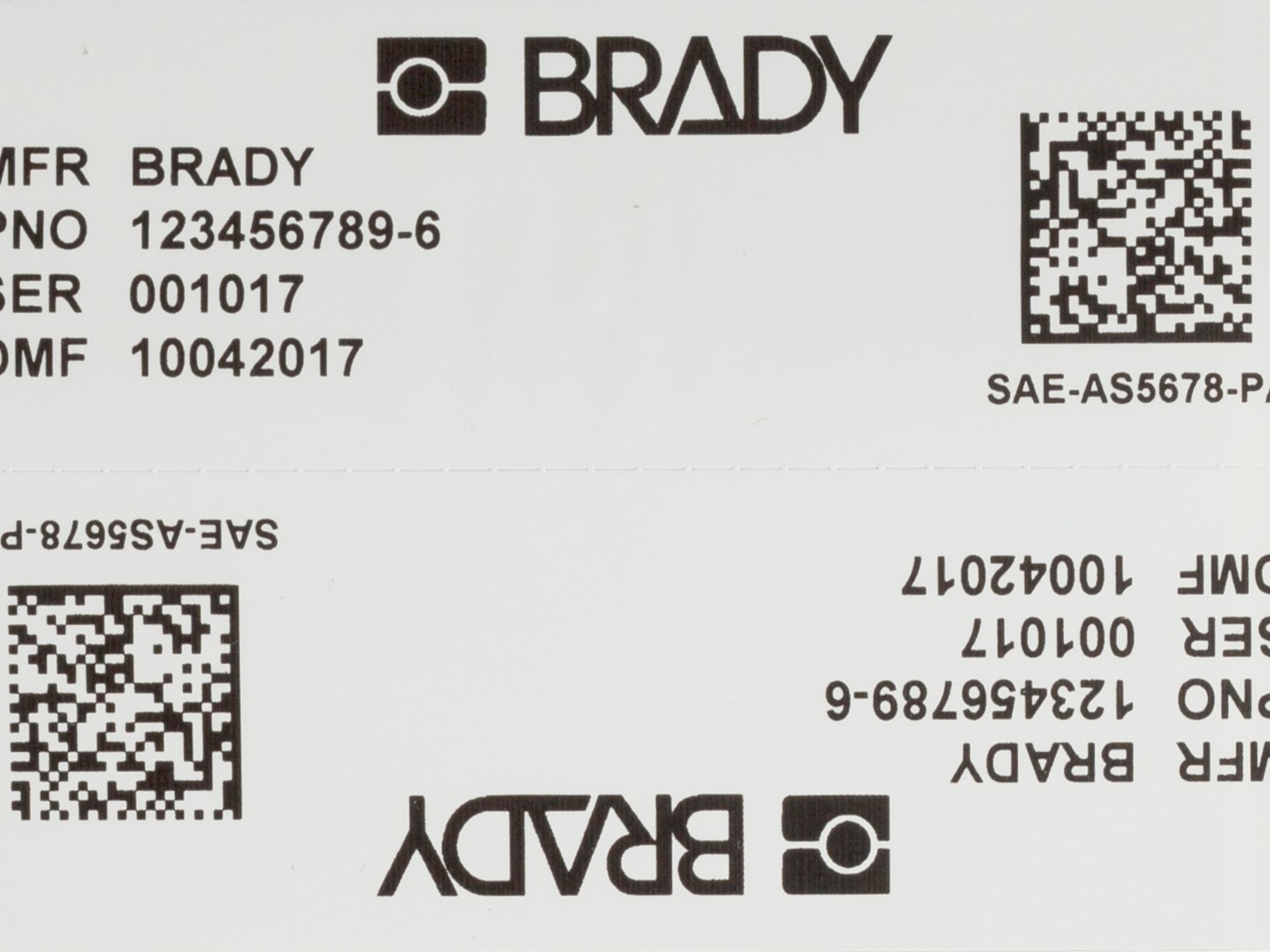The Role of Technology in Lockout-Tagout
- Posted on
- Posted in Lockout-Tagout, Technology
- 0

Lockout Tagout (LOTO) compliance is a critical aspect of workplace safety, particularly in industries where employees are exposed to hazardous energy sources. The goal of LOTO is to prevent unexpected startups or releases of energy that could cause injuries or fatalities. Technology plays a significant role in improving LOTO compliance by providing advanced tools and solutions that enhance the effectiveness, efficiency, and accuracy of the lockout tagout process. Here are several ways technology contributes to LOTO compliance:
Digital Lockout Tagout Systems: Traditional LOTO procedures often involve using physical locks and tags to secure equipment. However, digital LOTO systems replace these manual processes with electronic alternatives. These systems use programmable logic controllers (PLCs), electronic tags, and software applications to manage lockout procedures. Digital LOTO systems provide a centralized platform for creating, implementing, and tracking lockout procedures, ensuring greater compliance and reducing the potential for human error.
Integrated Equipment Control: Technology allows for the integration of LOTO procedures directly into equipment control systems. With this integration, equipment can be designed to have built-in interlocks and control mechanisms that prevent unauthorized access or operation during maintenance activities. By integrating LOTO with equipment controls, compliance becomes inherent in the system, making it more difficult for workers to bypass safety measures.
Barcoding and RFID Technology: Barcoding and radio frequency identification (RFID) technology can be employed to track and identify equipment, lockout devices, and workers involved in LOTO procedures. Barcodes and RFID tags can be attached to equipment and lockout devices, allowing for easy identification and verification. This technology helps ensure that the correct equipment is locked out, preventing accidental release of energy.
Training Simulations and Virtual Reality (VR): Technology-based training simulations and virtual reality (VR) can enhance LOTO compliance by providing realistic and interactive learning experiences. Workers can practice lockout procedures in a simulated environment, allowing them to gain hands-on experience without exposing themselves to real hazards. VR training can improve understanding, retention, and application of LOTO procedures, leading to better compliance in the actual work environment.
Data Analytics and Reporting: Technology enables the collection and analysis of data related to LOTO procedures. By capturing information such as compliance rates, duration of lockout procedures, and incidents, organizations can identify trends, areas for improvement, and potential risks. Data analytics and reporting help in evaluating LOTO compliance, identifying training needs, and implementing corrective actions to enhance safety protocols.
In summary, technology plays a crucial role in improving Lockout Tagout compliance by providing digital systems, integrated controls, mobile applications, wearables, barcoding/RFID, training simulations/VR, and data analytics. These advancements enhance the effectiveness, efficiency, and accuracy of LOTO procedures, ultimately reducing the risk of workplace accidents and promoting a safer working environment.



















Comments
Be the first to comment...